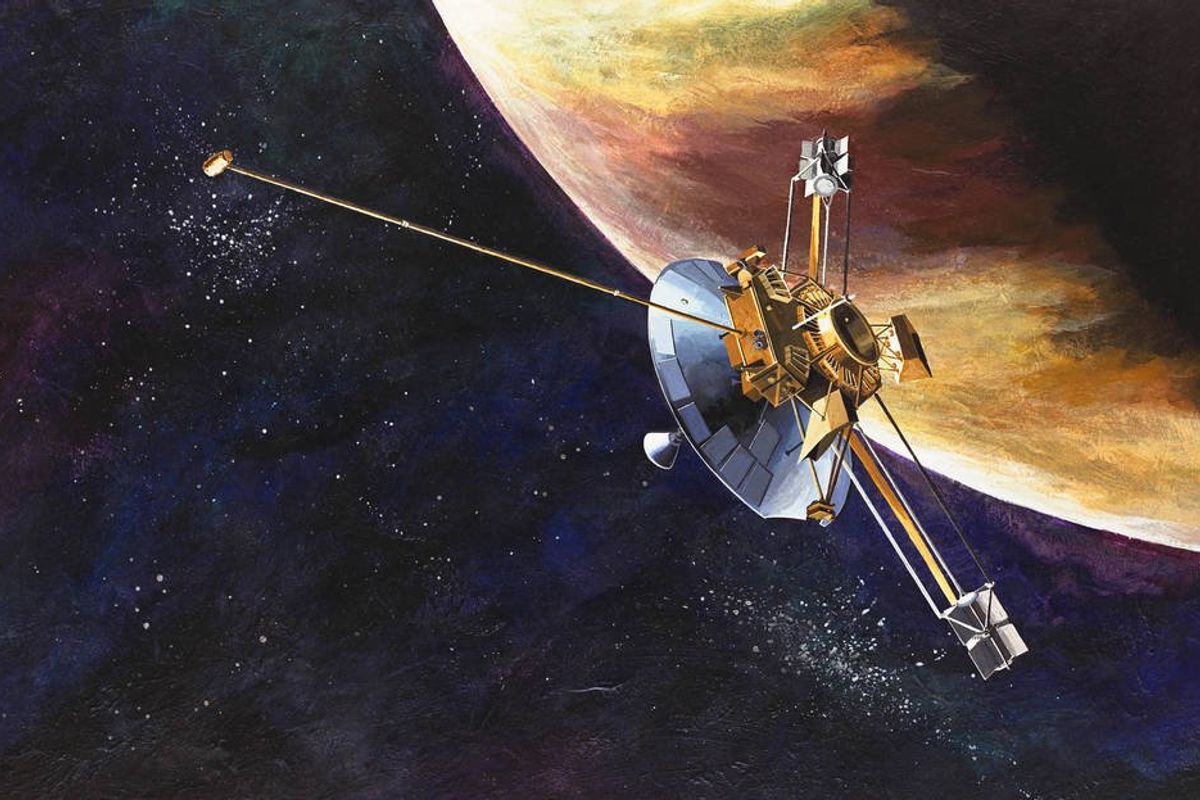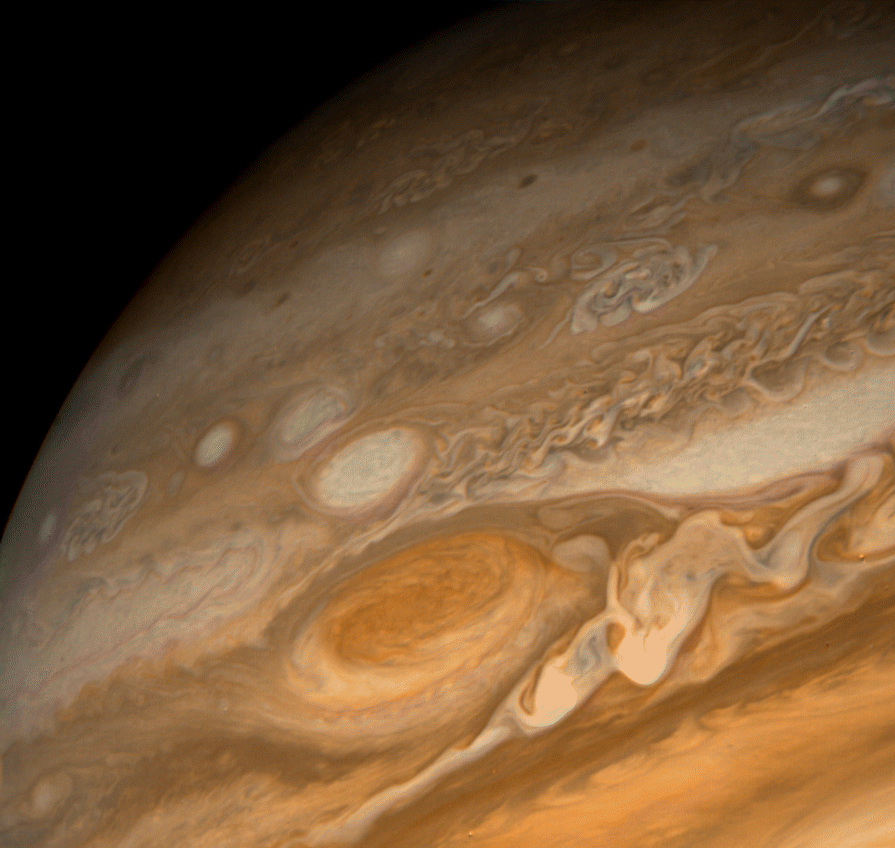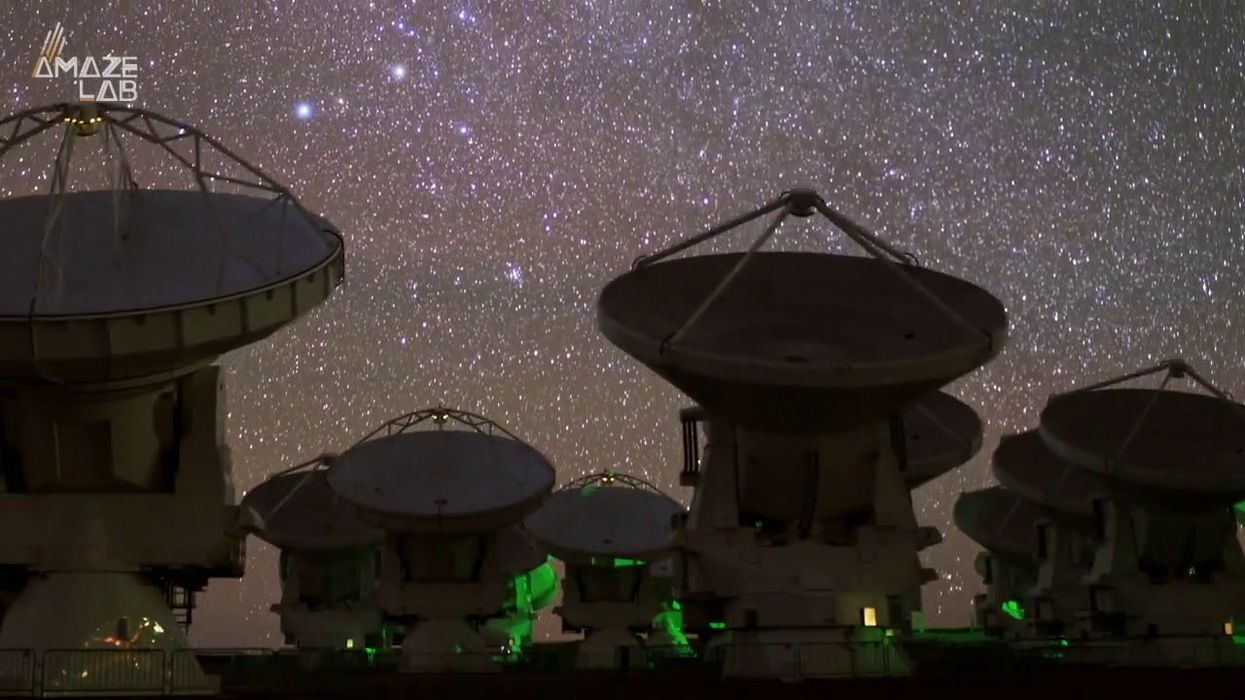Science & Tech
Harriet Brewis
May 01, 2023
Astronomer Identify Earth-Like Planet Emitting Repeating Radio Signals In Nearby Star System
content.jwplatform.com
NASA probes have been shooting signals out into the galaxy for decades, and a new study has worked out when we could start receiving replies to those calls.
Probes are unmanned spacecraft that travel through space collecting information on planets, moons, asteroids and comets and other scientific data, which they then send back to Earth to be studied.
A team of experts, based in California, looked at a number of US space agency probes – Voyager 1, Voyager 2, Pioneer 10, Pioneer 11 and New Horizons.
These probes have communicated with special deep space radio antennae in order to download key data on the cosmos. The transmissions from these antennae have travelled to the spacecraft and beyond into interstellar space.
Sign up for our free Indy100 weekly newsletter
“These transmissions have encountered and will encounter other stars, introducing the possibility that intelligent life in other solar systems will encounter our terrestrial transmissions,” the study’s authors Reilly Derrick and Howard Isaacson note.
By pinpointing the stars that will come into contact with these signals, Derrick, Isaacson and their team were able to “identify places where possible intelligent extraterrestrial life would encounter terrestrial transmissions and potentially return transmissions toward the Earth".
They were also able to calculate the date of these encounters “to determine the time and place” for these alien encounters.
In fact, signals from Pioneer 10 hit a star – known by the catchy name Gaia EDR3 2611561706216413696 – back in 2002.
If there is an advanced civilization living around the white dwarf, we could hear back from them as early as 2029, the study found.

Elsewhere, signals from Voyager 2 reached both an M-dwarf and a brown dwarf in 2007. The earliest we could expect a return signal from these would be 2033, according to IFLSceince which has had full access to the study.
Meanwhile, Voyager 1 is playing longball. Its transmissions won't reach their first star until 2044, and will go on to contact 277 stars by 2341, the team have deduced.
The spacecraft, launched in 1977, has travelled further in space than any human-made object. It flew past Jupiter and Saturn well over a decade ago, then headed for the edge of our solar system. It is now some 14,793,864,243 miles away from Earth, so it’s not surprising things are taking a little time.

The odds of us receiving a reply to these signals are boosted by the fact that it won’t just be stars that receive them.
"We are confident that the surrounding planets of the encountered stars will also encounter the spacecrafts’ transmissions," Derrick and Isaacson reportedly conclude.
"As the beam travels farther to other stars, this radius will only grow, showing that we can assume that all of the planets orbiting each star will also encounter the spacecrafts’ transmissions".
And now… we wait.
Have your say in our news democracy. Click the upvote icon at the top of the page to help raise this article through the indy100 rankings.
Top 100
The Conversation (0)













